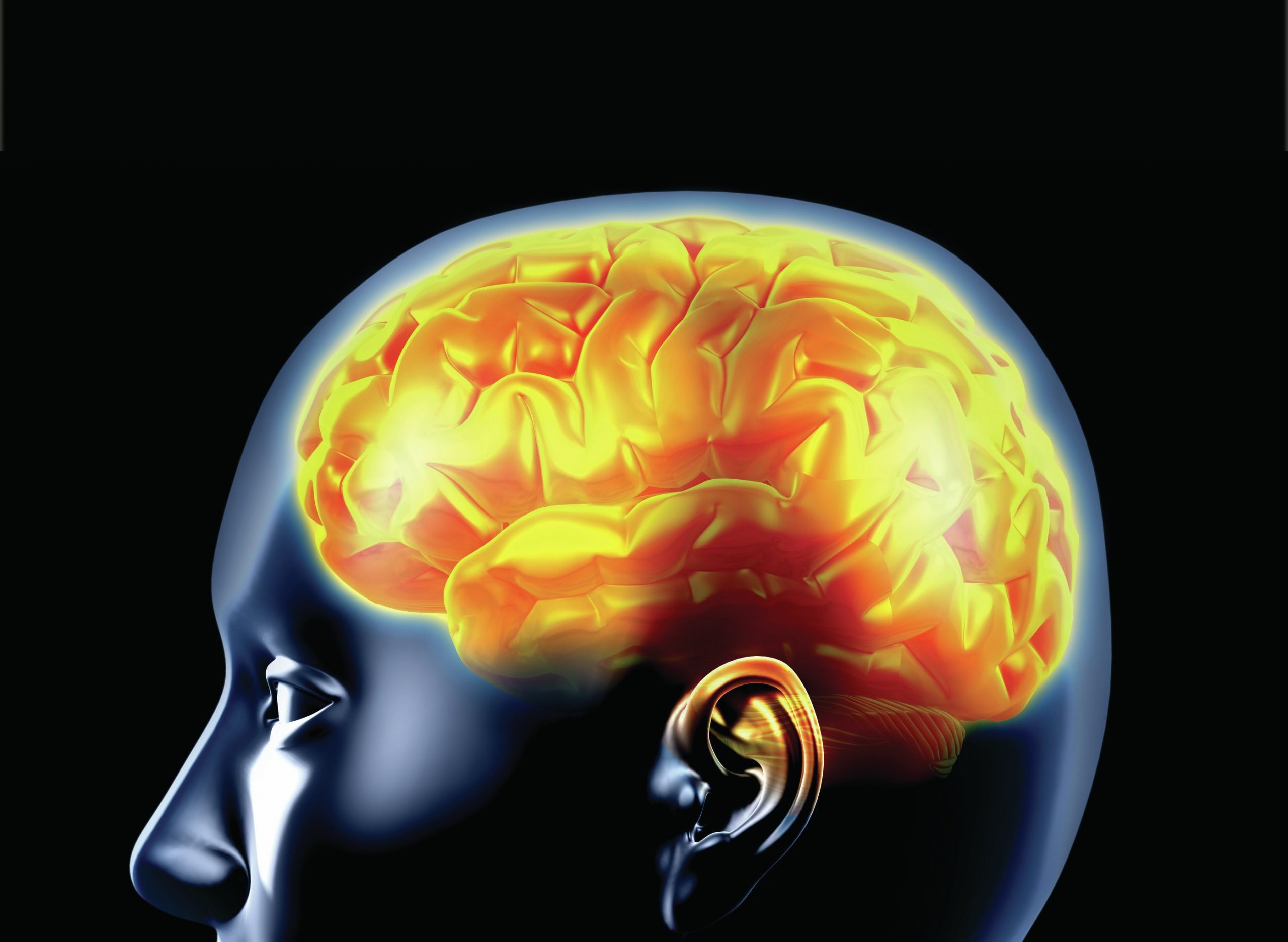
The distinction between short-term and long-term memory is of fundamental importance in psychology and it formed the cornerstone of the famous multi-store model put forward by Atkinson and Shiffrin (1968). However, the basic idea goes back much further than that.
The Austrian psychoanalyst Sigmund Freud argued that memory resembles a ‘mystic writing pad’ consisting of a celluloid sheet (short-term memory) on top of a hard slab (long-term memory). Writing on the celluloid leaves a clear record on the celluloid and a faint one on the slab underneath. If you pull off the celluloid sheet, the record vanishes (i.e. the imprint left by the short-term memory), leaving only the one on the slab below this, which is the long-term memory.
Your organisation does not have access to this article.
Sign up today to give your students the edge they need to achieve their best grades with subject expertise
Subscribe




